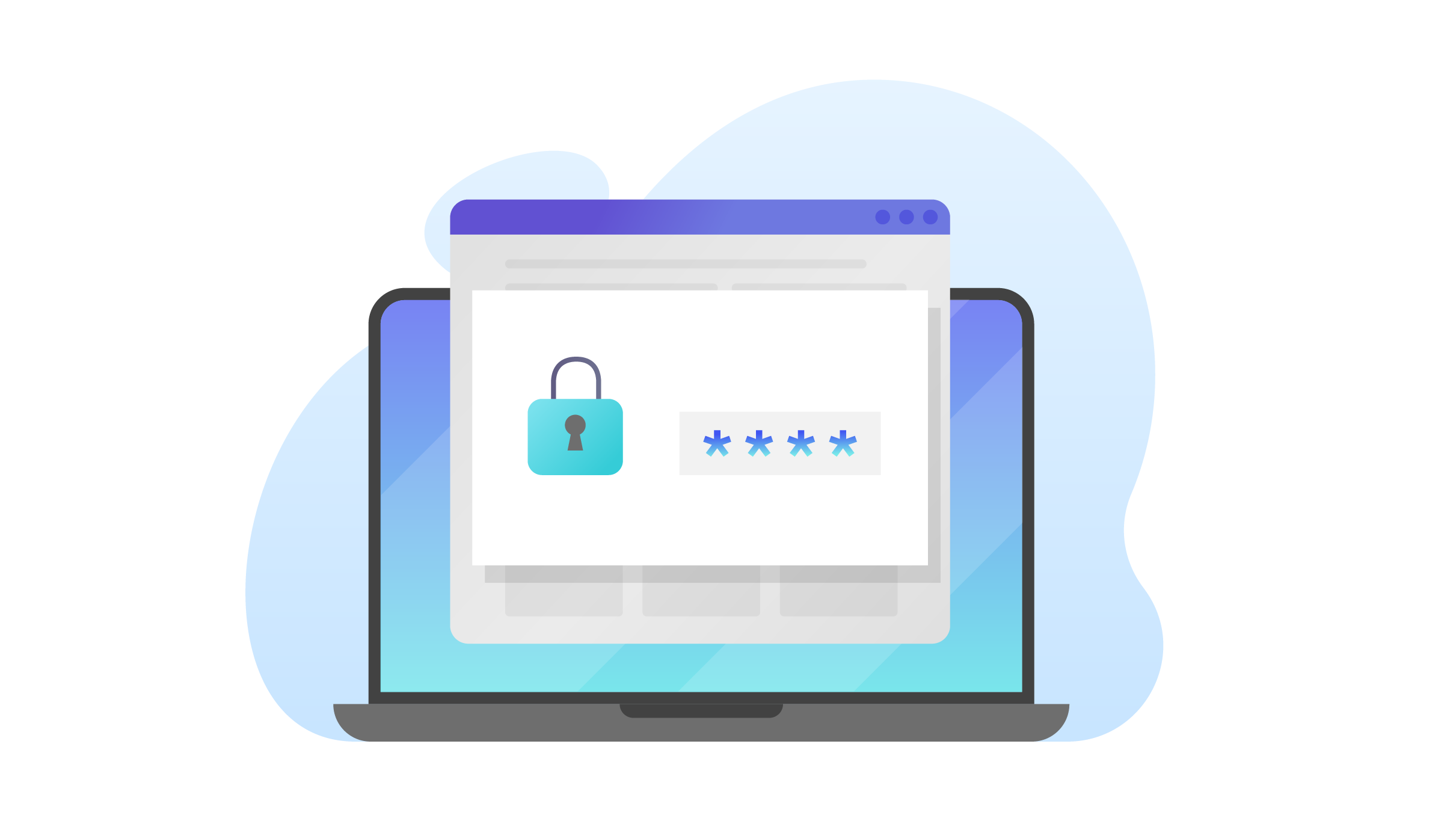A Quick Guide to Open Source Software
What is open source software?
Open source refers to free-to-use software that anyone can access and modify. Open source code is publicly accessible for developers to incorporate into their applications. It typically relies on a community to develop, distribute, and maintain the software.
This community development approach relies on regular peer reviews, enabling developers to contribute to collaborative, decentralized projects. Open source code saves time for developers because it gives them access to software functionality without having to develop it themselves. It is more flexible and customizable. Many open source projects are backed by large development communities that can provide superior innovation and support compared with a single software vendor.
The open source movement has become a dominant software development approach that extends far beyond its initial purpose of code production. The decentralized development model of open source communities enables diverse contributors to improve software and identify new solutions to bugs and security vulnerabilities.
A brief history of open source software
In the early days of software development, programmers often shared software to learn from each other and expand the collective knowledge base of the computer programming field. In 1979, David Knuth introduced the TeX typesetting program into the newly formed Free Software Foundation (FSF). Richard Stallman followed in 1983 with his GNU operating system. Netscape was an early free web browser containing source code developers would later use to build open source software projects such as the Mozilla Firefox web browser, which is still widely used today.
Eventually, the Open Source Initiative (OSI) replaced the FSF, as several software developers came together to create software that others could share, improve, and redistribute freely.
There have been some critics of the open source movement. For example, in 2001, Jim Allchin from Microsoft attacked OSI for destroying intellectual property. Since then, major companies such as Microsoft have embraced open source. Open source software is now widely considered a crucial part of software development.
There are many organizations involved in open source projects. Nonprofits, funders, and contributors include WordPress, Linux, Creative Commons, Mozilla, and the Android Open Source Project.
What are open source licenses?
Open source licenses grant specific permissions to use, modify, and share open source software. There are 80-plus types of open source licenses, each offering different rights and limitations. However, the majority of open source licenses are categorized into two main licensing types:
- Copyleft license—an open source license stipulating that any code derived from an open source project inherits its licensing terms.
- Permissive license—an open source license that offers extended freedom for reusing, modifying, and distributing code derived from the open source project.

What is an open source software policy?
An open source software policy provides a standard that informs all personnel and relevant parties on the proper use of open source components. It standardizes open source practices and tools across the organization. The goal is to maximize the benefits and impact of open source code and address technical, business, and legal risks related to open source.
Due to specific business objectives and compliance requirements, open source policies can vary greatly between companies and industries. However, most organizations can incorporate the below core practices into their policy to meet standard legal requirements.

Identify and educate stakeholders
An open source policy aims to help an entire organization standardize open source practices. It can only work if relevant personnel and parties truly understand and implement the policy. It requires companies to identify key stakeholders, such as technical, business, and legal staff, and provide training and education resources to help them understand the policy.
Identify business requirements for open source use
An open source policy aims to help an entire organization standardize open source practices. It can only work if relevant personnel and parties truly understand and implement the policy. It requires companies to identify key stakeholders, such as technical, business, and legal staff, and provide training and education resources to help them understand the policy.
Identify open source code and usage
An open source policy should cover specific aspects that introduce open source risks. It requires companies to identify all open source components that the organization uses, contributes, distributes, and modifies, and all licenses that govern these components. Each component introduces different legal risks, allowing specific usage, external distribution, and software as a service deployments.
Standardize approval and release procedures for open source code
An open source policy should standardize proper procedures and considerations for approving and releasing any company-developed software under an open source license. It should also include standards for contributing to or creating managed open source projects. Additionally, the policy should define specific criteria for choosing open source licensing.
Monitor for vulnerabilities and updates
Proprietary software vendors usually push updates, while open source projects do not necessarily do so. Support is limited in open source. As a result, organizations using open source components need to monitor for vulnerabilities and updates to ensure that all components are patched and remediated timely.
Organizations can use vulnerability and threat intelligence feeds to keep their software updated. These feeds send alerts when issues are reported and also offer remediation information. Project community communications, such as newsletters and forums, also offer updates on vulnerabilities and threats, but many report vulnerabilities only internally.
Learn more in these detailed guides:
Open source vulnerability scanning
Vulnerability scanners are automated tools that continuously and proactively inspect code for known vulnerabilities in open source components. It helps identify vulnerabilities, security weaknesses, licensing issues, and code quality issues. Here are key benefits of open source vulnerability scanning:
- Identify known vulnerabilities in open source software—this information enables you to close security gaps and maintain a strong security posture
- Monitor open source licenses—this information helps determine how to use open source components in compliance with legal requirements set by the creators
- Detect outdated open source components—this information can help you fix or remove components that can potentially impair the quality and security of your software
Learn more in these detailed guides:
Use a binary repository
Here are key benefits of using binary repositories:
- Cache local copies of open source code to ensure you use only clean and verified components
- Avoid getting affected by source code updates or changes in a different copy
- Effectively manage, approve, and track components
Software composition analysis
Software composition analysis (SCA) is an application security testing tool that helps manage open source components. SCA tools automatically scan your source code to identify open source components, licensing data, and known vulnerabilities.
SCA tools provide visibility into open source components and offer prioritization and automated remediation to help fix vulnerabilities. Here is how it works:
- Prioritization. The tool automatically prioritizes security vulnerabilities that pose the biggest risk to enable organizations to remediate these issues first. It eliminates the need to sift through many alerts to prioritize vulnerabilities.
- Remediation. Most tools provide information on the location of the vulnerability and offer suggestions on how the fix may impact your build. Advanced tools offer automated remediation workflows initiated according to vulnerability policies. These policies are triggered according to vulnerability detection and severity, CVSS score, and when new versions are released. It helps keep open source components continuously patched.
Ideally, you should look for SCA tools that seamlessly integrate into your software development life cycle. It helps resolve vulnerabilities during early phases when issues are more easily and cheaply fixed.
Learn more in the detailed guide to Software Composition Analysis (SCA)
Open source software has evolved from a community-driven initiative into an industry-standard approach to software development. The open source ecosystem offers various benefits, including flexibility, cost savings, and collective intelligence in development.
Understanding and implementing an open source policy is essential for risk management, as it sets the groundwork for compliant and secure use of open source components. Open source vulnerability scanning and software composition analysis tools are critical in identifying and remedying security risks. These practices allow organizations to reap the benefits of open source software while managing potential drawbacks effectively.
Thus, the open source model is not just about freely accessible code; it’s also about setting up frameworks for responsible use and contribution to the community. By adhering to standardized procedures for license compliance, security, and code contribution, organizations can foster a robust open source environment that advances innovation and resolves software challenges efficiently.
